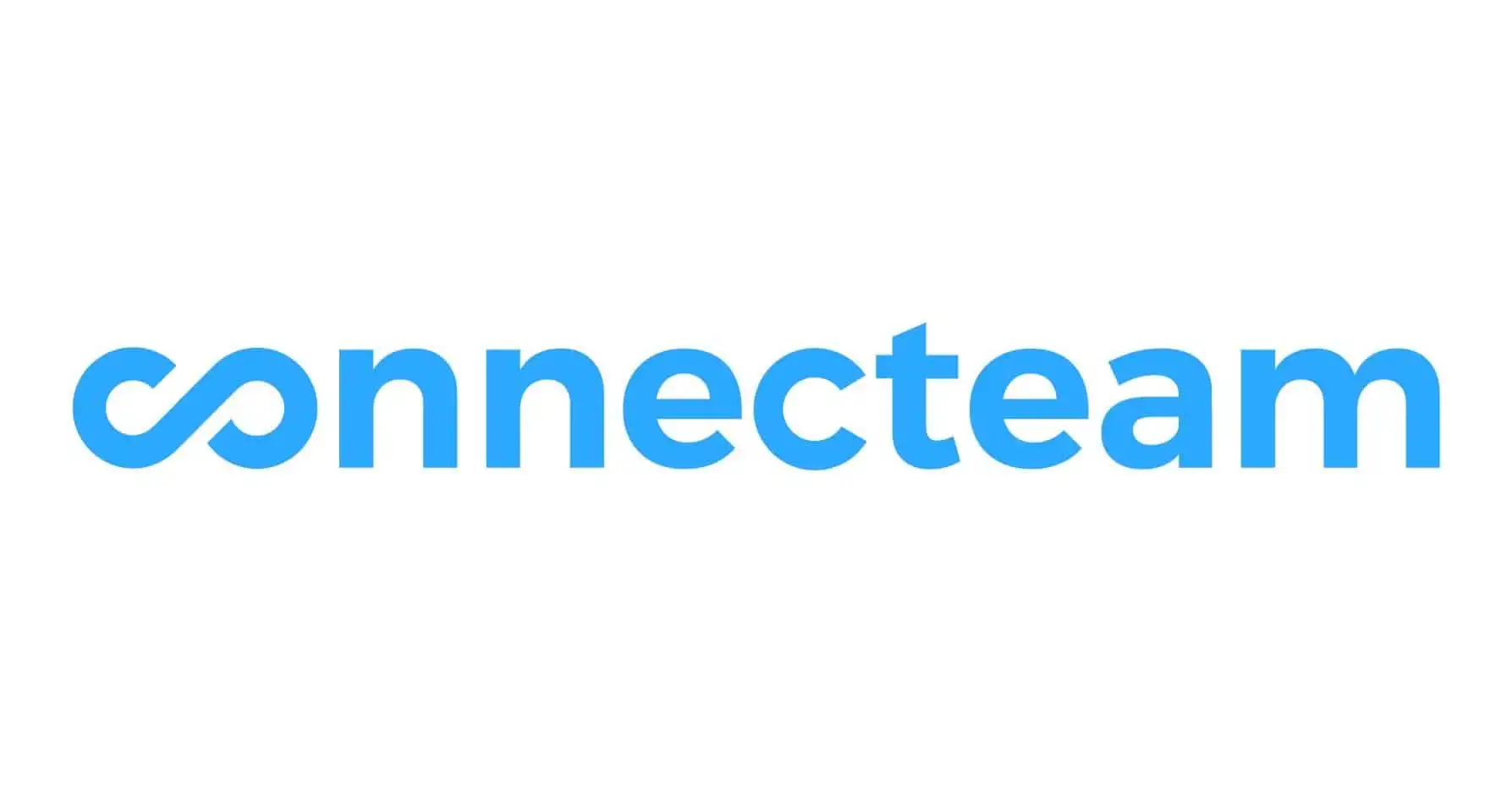Have you ever felt like hitting your head against the wall while trying to set up a meeting? You’re not by yourself. It can be hard to find the right meeting room scheduling tool because of clashing schedules and places that are already booked.
That’s why we’re here: to help you find a way out of the mess that will save you time and trouble. Let us make the search easier so you can focus on what’s important.
What is a Meeting Room Scheduling or Booking System?
A meeting room scheduling or booking system is a tool that helps manage the reservation of meeting spaces within an organization. This system allows employees to view the availability of different rooms and book them for specific times and dates. It usually includes features like calendars, reminders, and sometimes the ability to request equipment or catering.
The meeting room scheduling system helps prevent double bookings, maximizes space usage, and streamlines finding and securing meeting rooms, making it more efficient and less time-consuming for everyone involved.
Essential Features of the Best Meeting or Conference Room Scheduling Software
Source: Canva Pro
1. Real-Time Availability and Booking
The cornerstone of any effective meeting room scheduling software is its ability to show real-time availability. You need a system that lets you view and book available meeting rooms instantly—without the risk of double-booking. This feature ensures that all resources are utilized optimally and avoids scheduling conflicts.
2. Effortless and Seamless Calendar Integration
A great meeting room scheduling tool integrates seamlessly with widely used calendar systems, such as Google Calendar and Microsoft Outlook. This integration allows you to manage all your appointments and room bookings in one place, making it easier for you to keep track of your schedule without having to switch between applications.
3. Mobile Compatibility
With the increasing need for on-the-go access, the software you choose must be mobile-friendly. Whether it provides a responsive web version or a dedicated mobile app, you should be able to book, cancel, or modify reservations directly from your smartphone or tablet. This flexibility is particularly important for dynamic organizations where plans can change at the last minute.
4. User-Friendly Interface
Ease of use is critical. The user interface should be intuitive and straightforward, allowing users of all tech levels to schedule rooms without extensive training. An accessible interface reduces barriers to adoption and ensures that all team members can fully utilize the features of the software.
5. Advanced Search Filters
When searching for a room, you may have specific needs such as a particular layout, capacity, or available equipment like projectors and conference phones. Advanced search filters that allow you to sort and select rooms based on these criteria can significantly streamline the booking process and ensure that each meeting’s needs are met.
6. Automated Notifications and Reminders
Automated notifications and reminders are essential to keeping everyone on the same page. This feature helps minimize no-shows and miscommunications by alerting participants about upcoming meetings and any changes to the schedule. It’s a simple tool that can save time and enhance the efficiency of your meetings.
7. Analytics and Detailed Reporting
Understanding how your meeting spaces are utilized can help in future planning and resource allocation. Look for software that provides detailed analytics and reporting tools. These can offer insights into usage patterns and booking frequency and can help identify areas where resources may be underutilized.
8. Customization and Scalability
Every organization is unique, and so are its needs. The best meeting room scheduling software offers customization options that allow you to tailor aspects like booking rules and user permissions to suit your organizational structure and culture.
Additionally, scalability is vital; your software should easily scale to accommodate more rooms and users without performance hitches as your company grows.
9. Integration with Additional Services
Often, meetings require more than just a space. They might need catering, audio-visual equipment, or special seating arrangements. Software that can manage these additional services alongside room bookings can dramatically simplify your logistical preparations.
10. Strong Security and Compliance
Given the often-sensitive nature of meeting discussions, security cannot be overlooked. Ensure the software adheres to stringent security standards to protect your data and complies with relevant regulations, particularly if you operate across borders.
11. Reliable Support and Training
Finally, even the best meeting room scheduling software can encounter issues. Reliable customer support and comprehensive training resources are crucial for resolving any problems quickly and ensuring your team can use the system effectively.
Benefits of Using Meeting Room Scheduling Tool
Source: Canva Pro
Meeting room scheduling tools are designed to enhance the efficiency and utility of workspace management, particularly in dynamic office environments. They streamline the process of booking and scheduling space, ensuring that both resources and time are optimized. Here’s how these tools can transform space management in the workplace:
Optimize Space Utilization
These tools incorporate space management software that helps optimize the use of office space, including desks and rooms, by providing an overview of room status and usage. This functionality enables companies to reduce instances of unused spaces and adapt to demand changes, ensuring that real estate is utilized effectively.
Seamless Booking Experience
With features like an interactive map and easy-to-use UI, employees can book meeting rooms with just a few clicks, making room reservations a breeze. The system automatically updates the availability of rooms, keeping everything up-to-date, which helps in reducing the hassle of manual coordination.
Enhanced Collaboration
By allowing teams to reserve desks or book rooms based on their needs, these tools empower employees to work together more effectively. The ability to see which spaces are available and when facilitates better planning for meetings and events, enhancing collaboration across the workforce.
Integration with Workplace Systems
Meeting room scheduling tools often integrate seamlessly with systems like Office 365, adding robust booking and scheduling capabilities directly into the tools employees already use. This integration simplifies task management within the workspace, making it easier to coordinate meetings and manage space management tasks.
Advanced Features for Comprehensive Management
From visitor check-in to room status updates, these meeting room scheduling tools offer a variety of advanced features. They can handle everything from billing and invoice processes to guest management, which includes creating custom templates and sequences for client interactions.
Floor plans can be added to give a visual representation of space usage, and real-time updates ensure that all space management activities are reflected instantly.
Improve Real Estate Efficiency
By providing detailed analytics on how office spaces are used, these tools help businesses make informed decisions about their real estate investments. Companies can see which areas are underutilized and adjust their office layout or workspace design accordingly.
Superior Customer Service and Support
Customer service aspects are also enhanced as these meeting room scheduling tools provide means to implement changes, optimize processes, and handle payment functionalities smoothly.
The easy-to-use nature of the software improves user adoption rates, while automatically handling reservations reduces the load on support staff, letting them focus on more critical customer service tasks.
How to Pick a Meeting Room Scheduling Software
Source: Canva Pro
Choosing the best meeting room booking software involves several important steps to ensure that the selected system meets your organization’s specific needs.
You can follow this guide to help you make the right choice:
1. Assess Your Needs
- Identify Problems: Understand the challenges your organization faces with current meeting room booking processes. This could include issues like double bookings, difficulties in finding available rooms, or inadequate utilization of space.
- Gather Input: Involve various stakeholders such as facility managers, IT staff, and regular users in the discussion. This helps ensure the chosen solution addresses the needs of all parts of the organization.
2. Define Your Requirements
- Must-have Features: Determine essential features such as real-time availability, integration with other calendar systems, mobile access, and automated notifications.
- Scalability and Flexibility: Consider whether the software solution can scale according to your organization’s growth and if it can adapt to different office layouts and booking rules.
3. Evaluate the Software Options
- Research: Look into various meeting room scheduling software options available in the market. Check reviews, testimonials, and case studies.
- Feature Comparison: Compare the features of different systems against your list of requirements. Pay attention to the user interface and ease of use.
4. Check for Integrations
- Compatibility with Existing Systems: Ensure the meeting room scheduling software can seamlessly integrate with your current tools like email platforms, ERP systems, and other office management software to enhance efficiency.
5. Conduct Demos and Trials
- Demos: Request live demos from vendors to see the software in action. This can help you understand how well the software meets your needs and how easy it is to use.
- Trial Periods: Take advantage of free trials offered by vendors. This allows you to test the meeting room scheduling software in your environment with actual users.
6. Consider Support and Vendor Stability
- Customer Support: Ensure the vendor offers robust customer support, including training for users and technical assistance.
- Vendor Reputation: Consider the stability and reputation of the vendor. Established vendors with a proven track record are often a safer bet than startups.
7. Analyze Cost
- Total Cost of Ownership: Look beyond the initial purchase price or subscription fees to understand the total cost of ownership, which includes implementation, customization, and ongoing maintenance costs.
- Return on Investment: Evaluate how the meeting room scheduling software can save time and improve efficiency. This can help justify the investment.
8. Review Security and Compliance
- Data Security: Check that the meeting room scheduling software provides adequate security measures to protect sensitive information.
- Compliance: Ensure the software complies with relevant regulations and standards applicable to your industry or region.
9. Get Feedback and Make a Decision
- Feedback from Users: After testing, gather feedback from your team to see if the software meets their needs and expectations.
- Decision Making: Weigh all the information and feedback against your business requirements and budget to make the final decision.
Best Scheduling Software
Final Thoughts
Choosing the right tool for scheduling meeting rooms for your business is a big choice that can have a big effect on how productive and efficient you are.
You can ensure that the meeting room scheduling tool you choose meets your organization’s needs and helps your team work together better by carefully considering things like the user interface, the ability to integrate with other systems, the customization options, and the support services.
For more insights on scheduling software, check out our scheduling software articles on our website. Simplify your scheduling process and boost productivity today!
Frequently Asked Questions
How secure is the data stored within the scheduling tool?
Choose a scheduling tool that prioritizes data security with features like encryption, access controls, and regular security updates.
Does the scheduling tool offer mobile access for on-the-go scheduling?
Look for a scheduling tool that offers mobile apps or a responsive web interface for convenient access and booking from anywhere.
What kind of reporting and analytics capabilities does the scheduling tool provide?
Consider a tool that offers robust reporting features to track room utilization, meeting trends, and other valuable insights for optimization.
Is there a limit to the number of meeting rooms or users the scheduling tool can accommodate?
Check the scalability of the scheduling tool to ensure it can accommodate your current and future needs without limitations.
What is the pricing structure of the scheduling tool, and are there any hidden fees?
Understand the pricing model of the scheduling tool, including any upfront costs, subscription fees, or additional charges for premium features.









